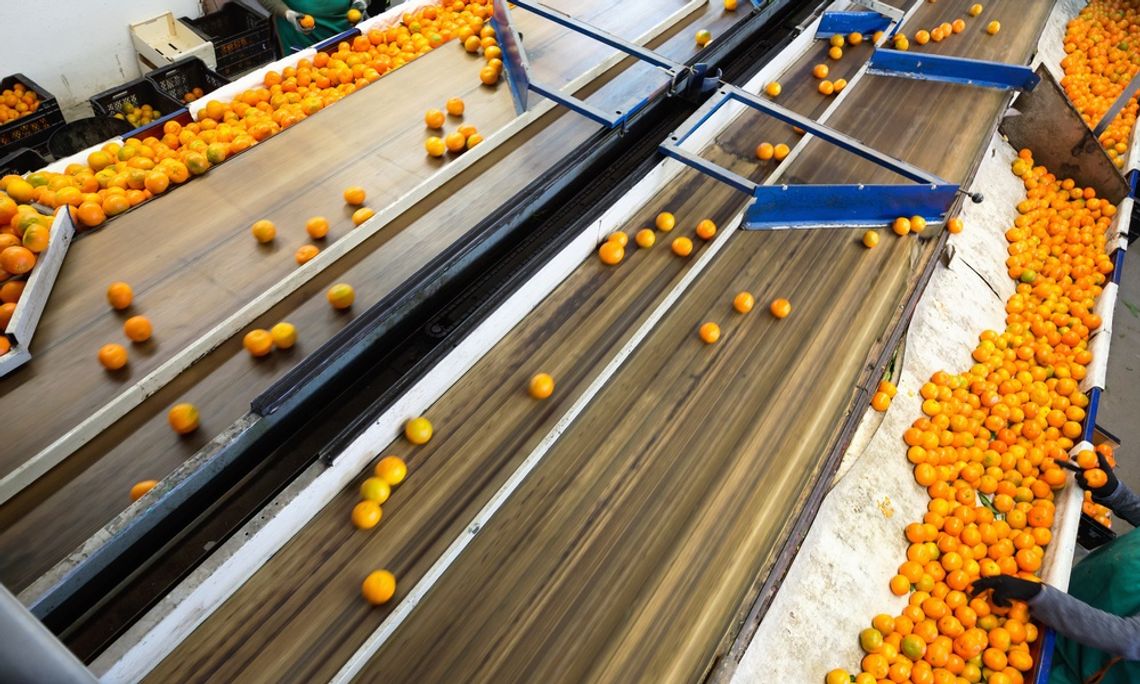Imagine your favorite piece of fruit. Now picture how many steps it must take to get that fruit perfectly ripe and blemish-free into your hands. You probably have little idea of what goes on behind the scenes, so we’re here to shed some light on the process. Mainly, we’re discussing fruit sorting systems. Read on to learn what they do and how they work to make sure you can buy beautiful, ripe, tasty produce at the grocery store.
What Do Fruit Sorting Systems Do?
Fruit sorting systems automate and streamline the quality control process for fruits.
Sorting by Size and Shape
Sorting systems use sensors and cameras to measure dimensions and reject anything that doesn’t fit the food producer’s or buyer’s bill.
Color Grading
There’s a reason the produce aisle looks so beautifully, vibrantly colorful. Fruit sorting machines identify specific color ranges to grade ripeness and quality.
Defect Detection
No one wants a browned, bruised, or moldy fruit. Sorting systems identify discolorations, dents, or cuts and remove these bad fruits from processing.
Weight Sorting
Some fruit buyers have weight-specific requirements (e.g., bags of apples weighing exactly 5 pounds). The systems make that possible by sorting by weight. The technology can also do away with fruits that fall under a certain weight because they won’t be marketable for most buyers.
How Do Fruit Sorting Systems Work?
The process starts with the feeding system. Workers load the fruits onto conveyors in bulk, spreading them out for equal spacing. Though the process is super automated, workers do assist in the loading and troubleshooting of the conveyor belts. These are essential roles that keep the process moving forward.
Speaking of moving forward, as the fruits travel along the belt, cameras and sensors analyze them for size, color, shape, weight, and external defects. AI-powered algorithms then make split-second decisions on grading. By the end of the process, only the best fruits are left and ready for packaging.
But what happens to the fruit that doesn’t make it to bagging? Rest assured, unless it’s rotten, it rarely ends up in the trash. Most fruit growers and processors have buyers who take unsightly, small, or otherwise unmarketable produce for other means.
Why It Matters
Fruit sorting systems not only save time and labor but also benefit everyone involved—from farmers to consumers. Farmers can sell better quality produce with fewer losses, and buyers receive a consistent supply of top-notch fruits. For us as consumers, it means our favorite fruits taste better, last longer, and look close to flawless.
Next time you pick up a pristine-looking apple, just know it probably passed through a fruit sorting system. Now that you know what these systems do and how they work, you can better appreciate the behind-the-scenes!


Comment
Comments